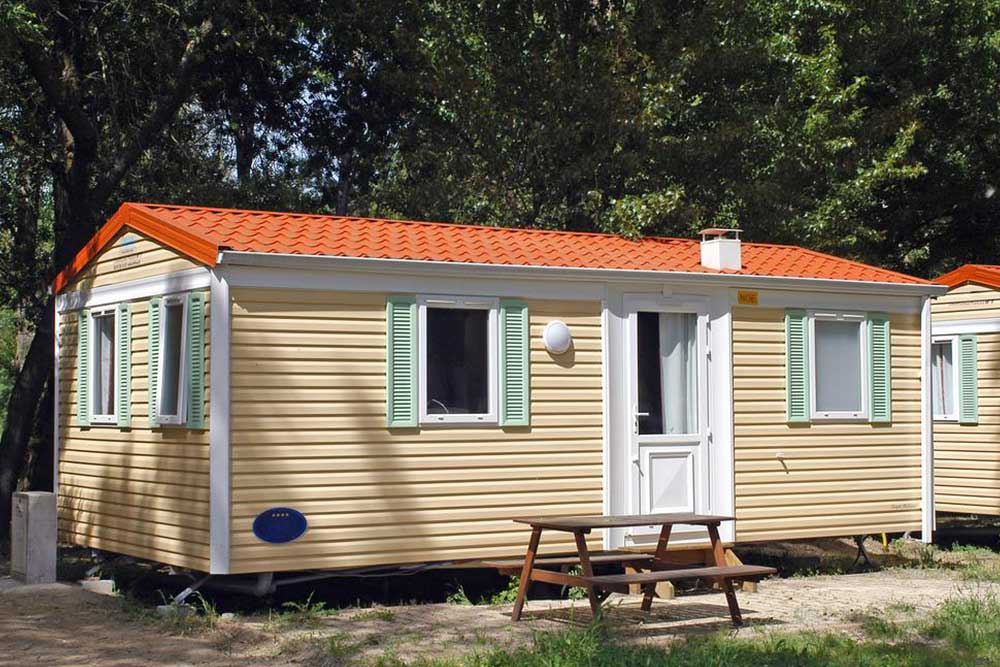Comprehensive Overview of HUD Home Financing Solutions for Aspiring Homeowners
This comprehensive guide explores HUD home financing options, focusing on FHA loans that help low- and moderate-income buyers achieve homeownership. The article covers eligibility criteria, property standards, benefits, risks, and step-by-step application processes, highlighting how HUD programs make homeownership more accessible. It emphasizes the program’s role in promoting affordable housing and community growth, demonstrating the significant impact of government-supported mortgage solutions for aspiring homeowners aspiring to turn their dreams into reality.

Comprehensive Overview of HUD Home Financing Solutions for Aspiring Homeowners
Achieving the milestone of owning a home remains a significant aspiration for many individuals and families across the country. However, the path to homeownership can often seem daunting, especially for those with limited savings, lower incomes, or less-than-perfect credit histories. Fortunately, various government-supported programs and reputable financial institutions offer accessible pathways that can transform this dream into reality. Among these, the initiatives overseen by the Department of Housing and Urban Development (HUD) stand out for their effectiveness and reach. With a primary focus on making affordable housing accessible, HUD works to reduce homelessness, eliminate housing discrimination, and promote sustainable homeownership opportunities.
The Role of HUD and Its Loan Programs
The Department of Housing and Urban Development (HUD) plays a critical role in shaping housing policy and providing financial assistance to homebuyers. One of the cornerstone programs under HUD is the Federal Housing Administration (FHA), which offers mortgage insurance to approved lenders, encouraging them to lend to borrowers who might otherwise be considered high-risk. These FHA-backed loans are designed to make homeownership accessible to a broader segment of the population, including low- to moderate-income families, individuals with less-than-perfect credit, and first-time buyers.
HUD-backed loans operate through private lenders who, despite offering the loans, are insured by the FHA to mitigate their risk. This partnership simplifies the lending process for prospective homeowners and provides numerous benefits that traditionally aren’t available through conventional mortgage options. For example, these loans often feature lower down payment requirements, more flexible credit score standards, and reduced interest rates, making homeownership more attainable for many.
How HUD Loans Work and What They Cover
HUD loans are primarily designed to assist borrowers in purchasing their first home, refinancing existing mortgages, or funding specific types of properties such as mobile homes, manufactured housing, and multifamily units. The support structure behind these loans allows lenders to extend favorable terms to borrowers who might face difficulties qualifying for conventional mortgages, thus broadening access to homeownership. Moreover, some programs also facilitate financing for healthcare facilities and other specialized properties, expanding the scope of HUD’s influence in the housing industry.
Fundamentally, these loans come with a set of safeguards that protect both lenders and borrowers. The FHA insures the loan, meaning that if the borrower defaults, the government assumes part of the loss, thus encouraging lenders to provide mortgage capital without excessive risk. This arrangement translates into multiple borrower-friendly features:
Lower Down Payments: Borrowers often need to provide less upfront cash—sometimes as low as 3.5% of the purchase price, making homeownership more accessible for those with limited savings.
Flexible Credit Requirements: Borrowers with credit scores as low as 500 may qualify, especially with larger down payments, opening the door for many first-time and lower-income buyers.
Competitive Interest Rates: Because of the FHA insurance, lenders can offer attractive rates, reducing the overall cost of borrowing.
Limited Closing Costs and Fees: While some upfront fees are inevitable, HUD programs often specify limits to ensure affordability.
While these loans are versatile, there are stipulations. For example, they can finance not only the purchase of primary residences but also refinancing options, mobile and manufactured homes, and certain multifamily properties. Applicants must meet specific eligibility criteria, which help ensure responsible lending and limit risks.
Eligibility Criteria for HUD-Backed Loans
To qualify for a HUD or FHA loan, prospective borrowers must meet certain basic requirements, which can vary slightly depending on the specific program and property type. These include:
Credit Score: A minimum of 500 is typically required for loans with a 10% down payment, while a score of 580 or higher can qualify for down payments as low as 3.5%.
Debt-to-Income Ratio: Borrowers should aim to keep their total monthly debt payments, including the new mortgage, below 50% of their gross monthly income.
Primary Residence: The property must be intended as the borrower’s main dwelling, not an investment property or second home.
Property Standards and FHA Appraisal Requirements
In addition to borrower qualifications, the properties themselves must meet certain standards to ensure safety, structural integrity, and livability. FHA guidelines specify that:
The home must be occupied within 60 days of closing to qualify as a primary residence.
Properties purchased for investment purposes do not qualify under FHA programs.
An FHA-approved appraisal is mandatory, evaluating the property’s condition, value, and compliance with safety standards. If repairs are needed, the seller may be required to complete specific improvements before closing or adjust the sale price accordingly.
Purchases should not occur within 90 days of a prior sale to avoid potential fraud or inflated pricing issues.
The title must be clear and registered in the borrower’s or trust’s name at settlement.
Locally defined loan limits, which vary based on the fair market value of homes in specific areas, must be respected.
Advantages of Choosing a HUD Loan over Traditional Financing
HUD-backed loans offer numerous benefits for various stakeholders involved in the homebuying process.
For Borrowers: The flexibility in qualification standards, lower down payment requirements, and wider property options make HUD loans an excellent choice for first-time buyers and those with financial challenges. They enable individuals with lower credit scores to access homeownership opportunities that might otherwise seem out of reach.
For Lenders: FHA insurance provides them with a safety net, encouraging them to lend to higher-risk borrowers without fear of significant loss. This expands their potential markets and fosters diversification of customer portfolios.
In the Broader Economy: Increased homeownership leads to greater economic stability, higher property tax revenues, and growth in ancillary industries like construction, home improvement, and real estate services. gov programs facilitate a healthier housing market by supporting affordable housing initiatives.
Drawbacks and Precautions with HUD Loans
Despite their advantages, HUD loans are not without risks and limitations. These include:
Higher Default Risks: Given the lower qualification bar, some borrowers may be more prone to defaulting, especially if their financial situation deteriorates.
Home Equity and Cash-Out Limitations: Restrictions on refinancing or extracting equity can impact long-term financial planning.
Costly Upfront and Ongoing Premiums: Premium payments, including upfront mortgage insurance and monthly premiums, can add to monthly housing costs.
Potential for Lengthier Approval Processes: The additional paperwork and stringent property inspections may extend the time required to close on a home.
Getting Started with HUD-Backed Home Loans
If you’re considering applying for a HUD or FHA loan, the process is designed to be accessible and straightforward:
Identify and contact an FHA-approved lender in your area.
Complete the loan application form and gather necessary documentation such as proof of income, employment history, and credit information.
Review estimates from multiple lenders to compare interest rates, terms, and fees.
Submit all required documentation for approval; a full review will be undertaken based on your financial profile and the property’s appraisal.
Upon approval, pay any initial fees, including the upfront mortgage insurance premium, and arrange for the initial down payment to finalize the purchase.
In Summary
HUD home financing options are a vital resource for individuals and families seeking affordable, manageable pathways to homeownership. Their tailored features, such as low down payments and flexible credit criteria, enable many to realize their dreams of owning a home. Since their inception, these programs, particularly FHA loans, have successfully expanded access for lower-income and first-time buyers, fostering socioeconomic stability and community growth. With streamlined application procedures and the support of trusted lenders, HUD’s initiatives continue to serve as a cornerstone in the quest for affordable housing across the nation.





